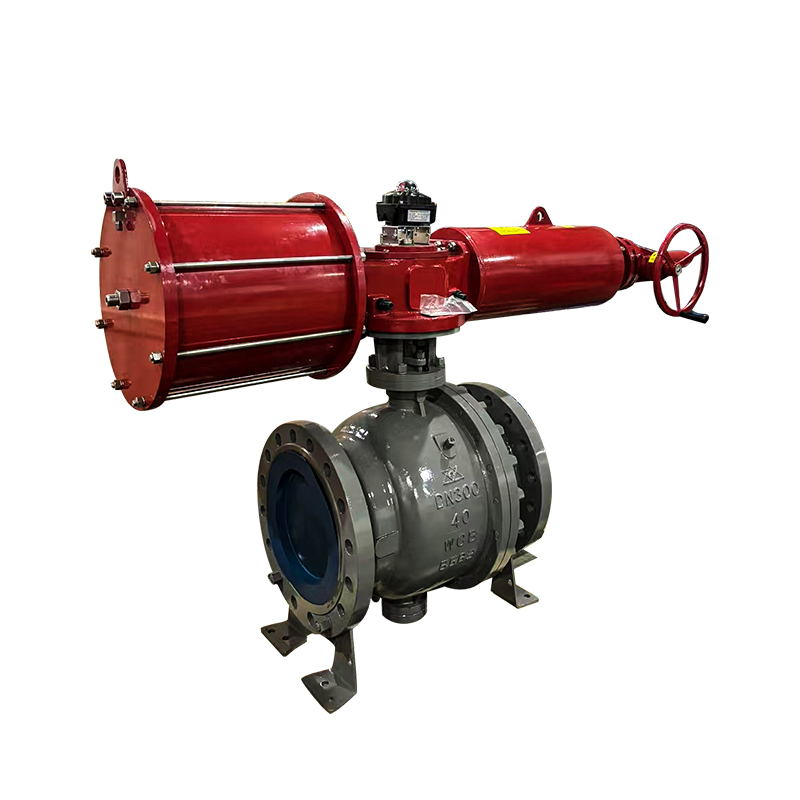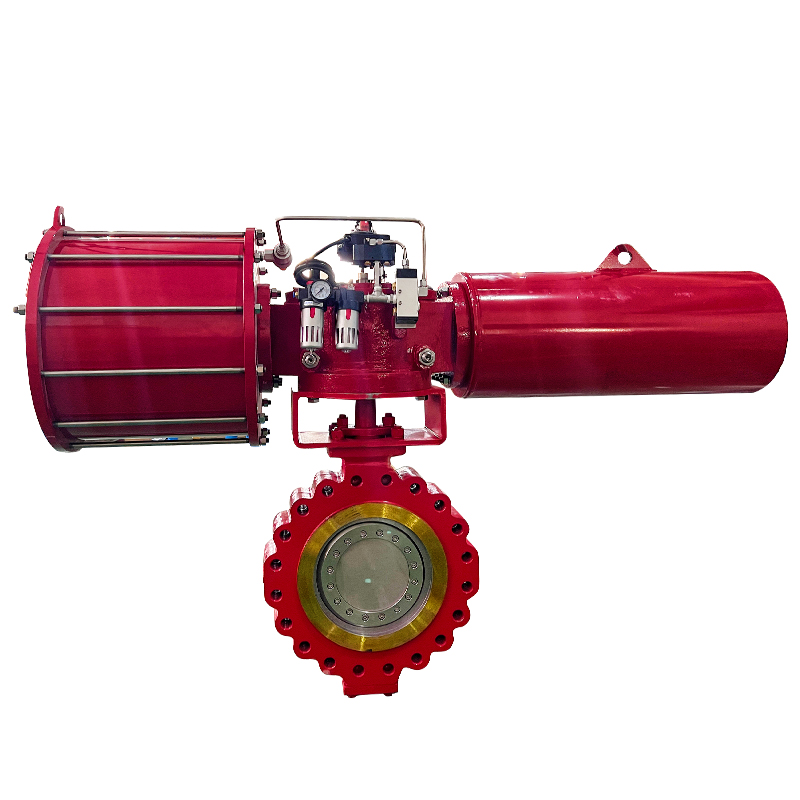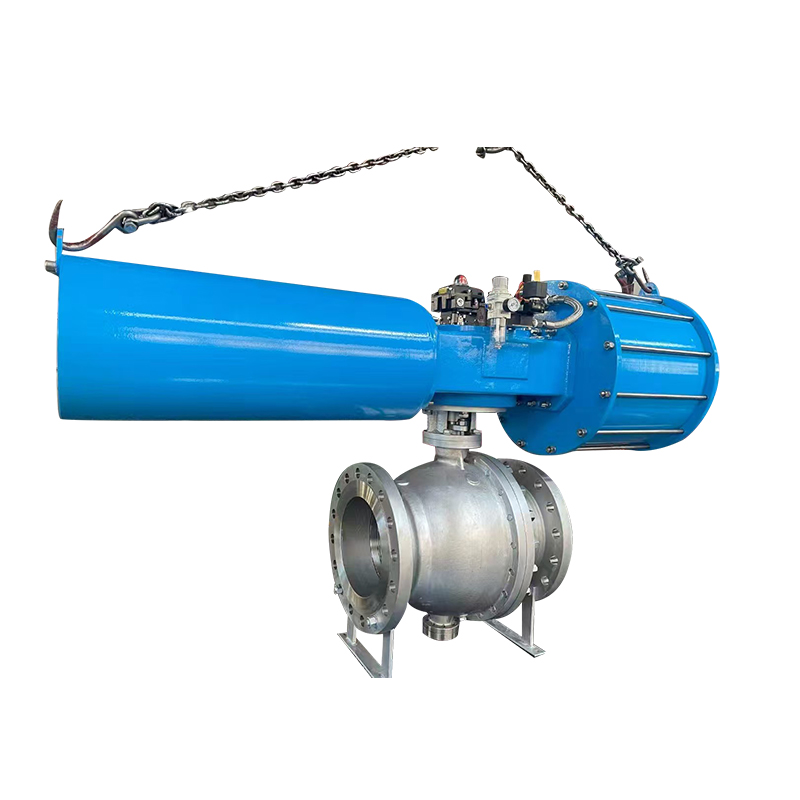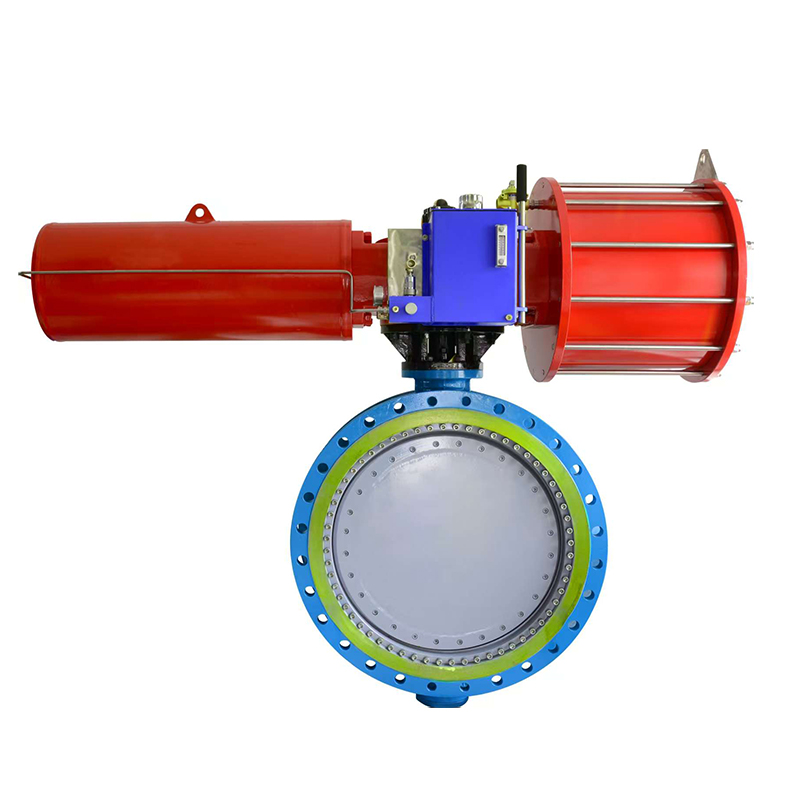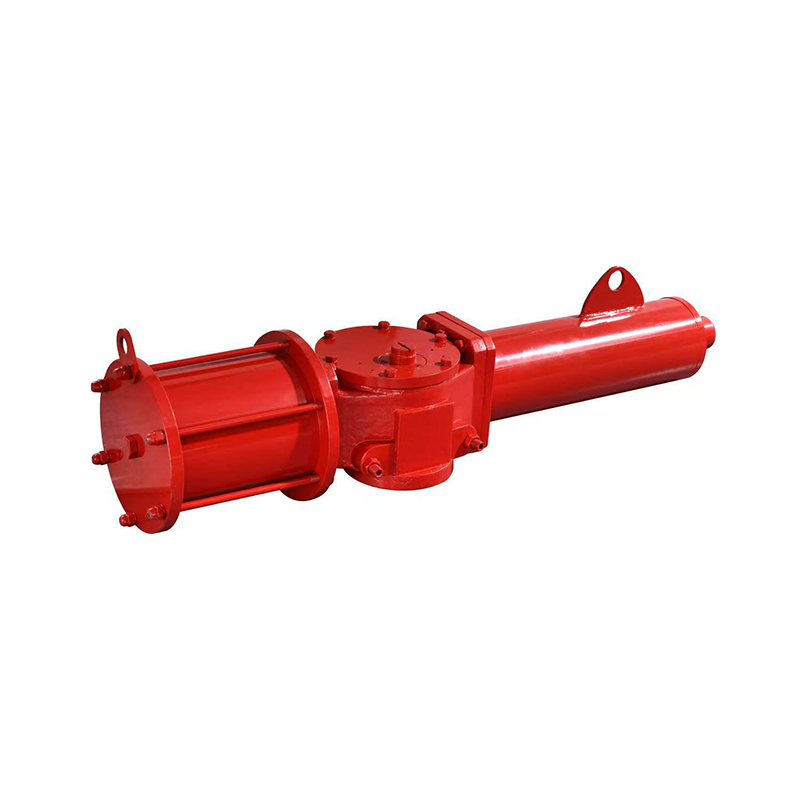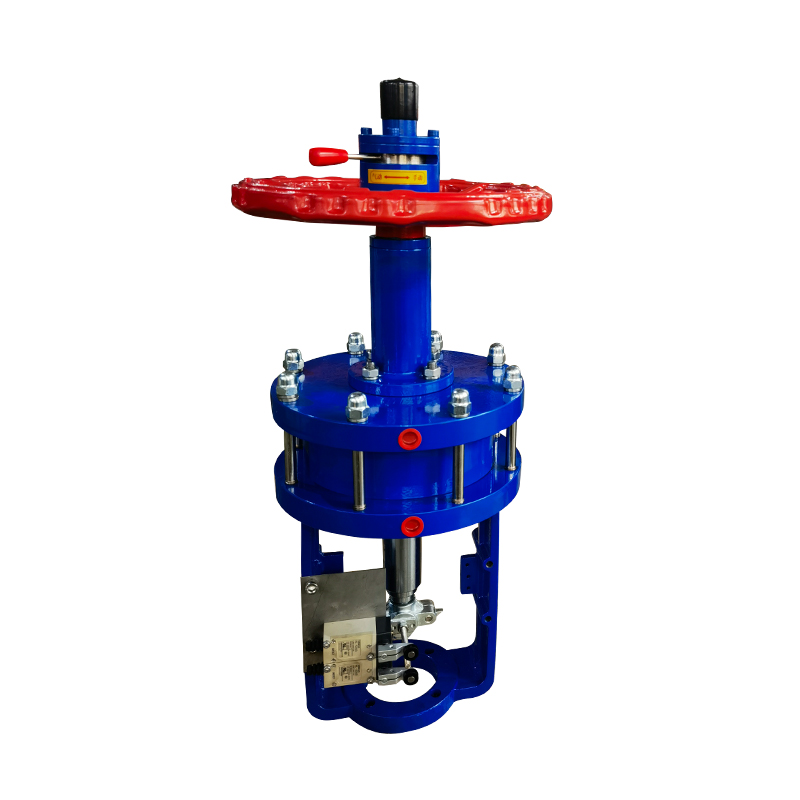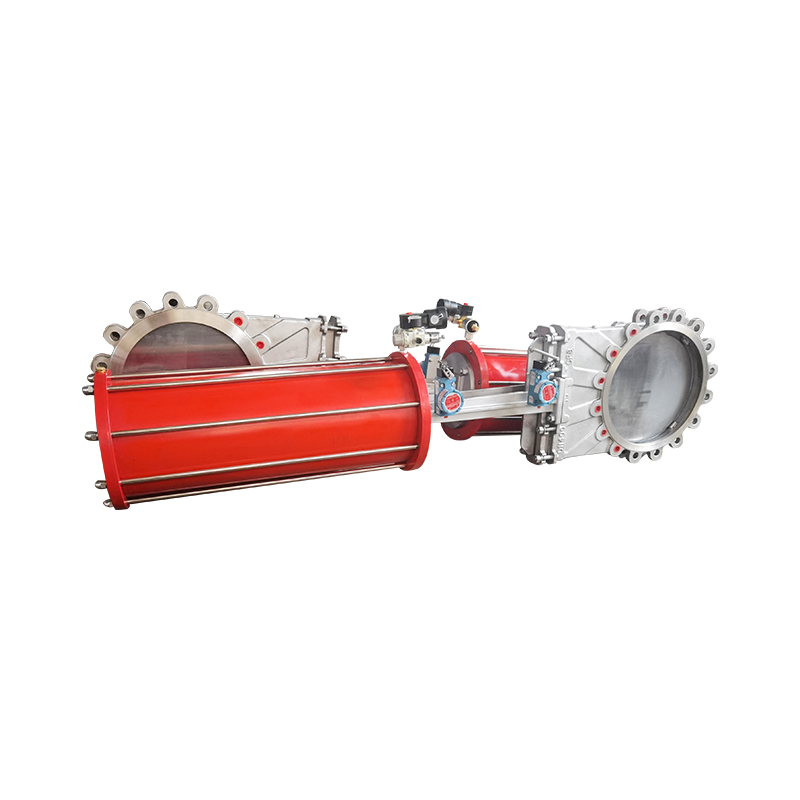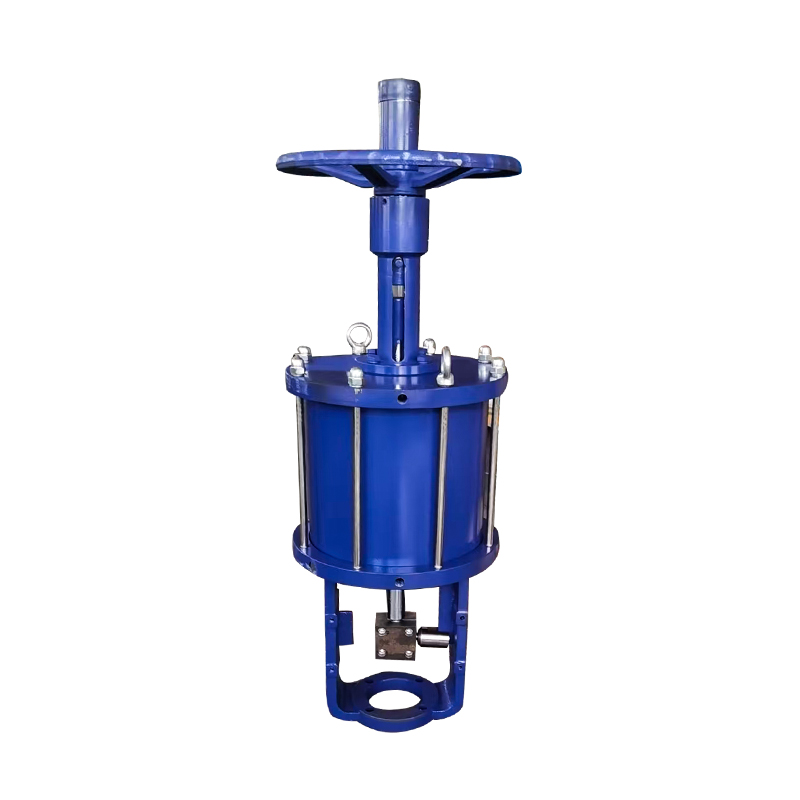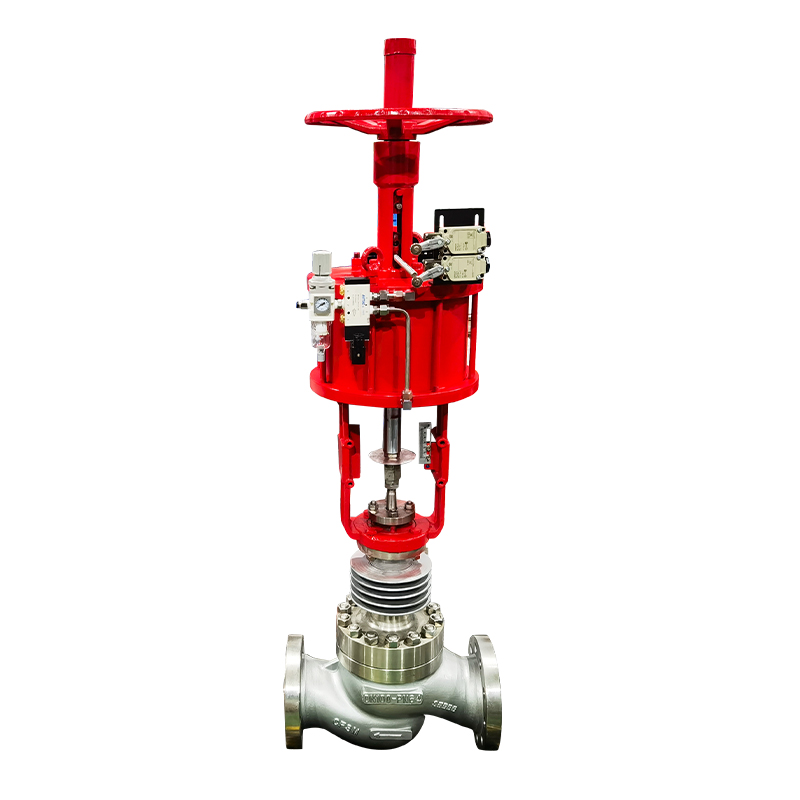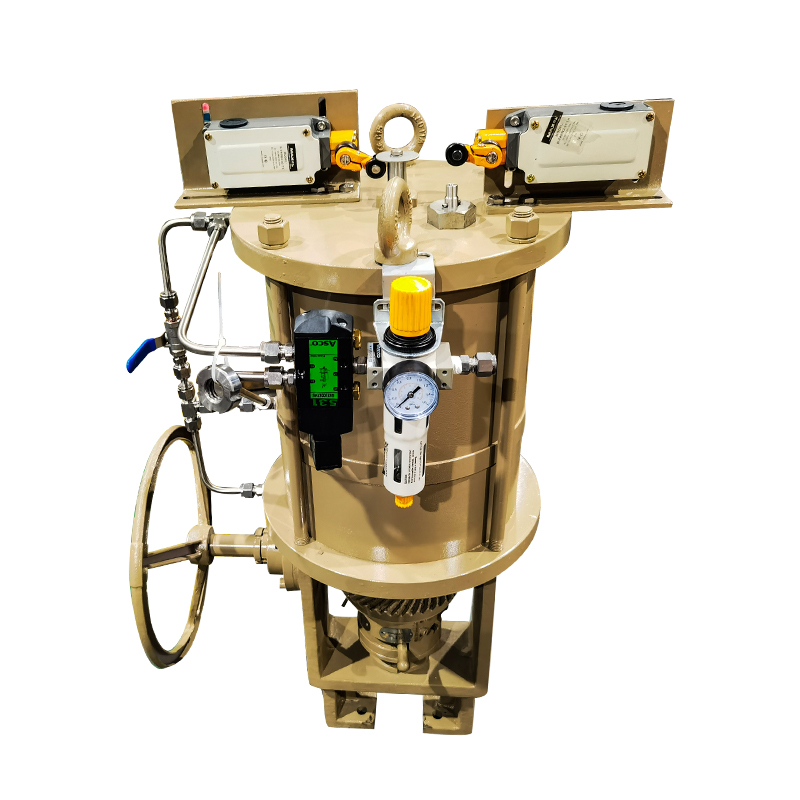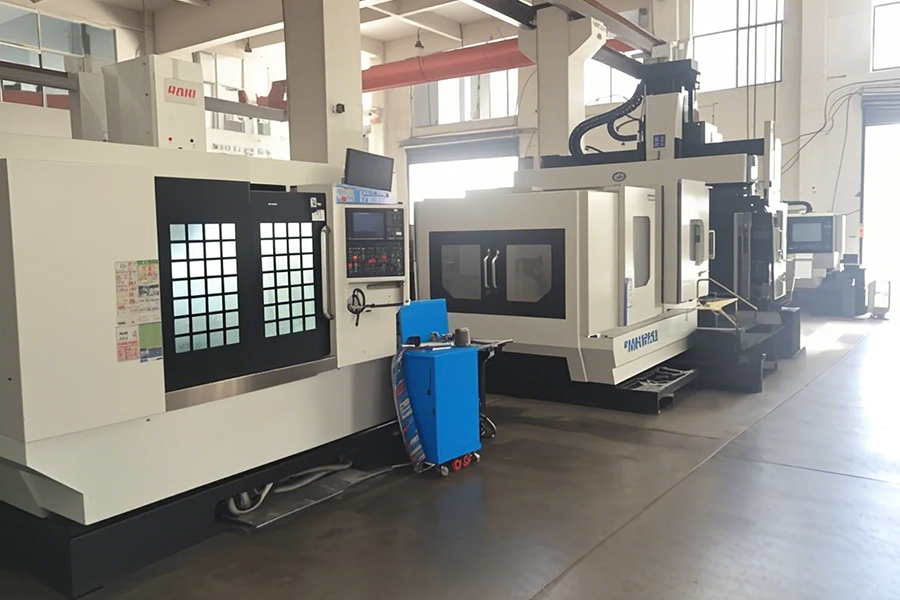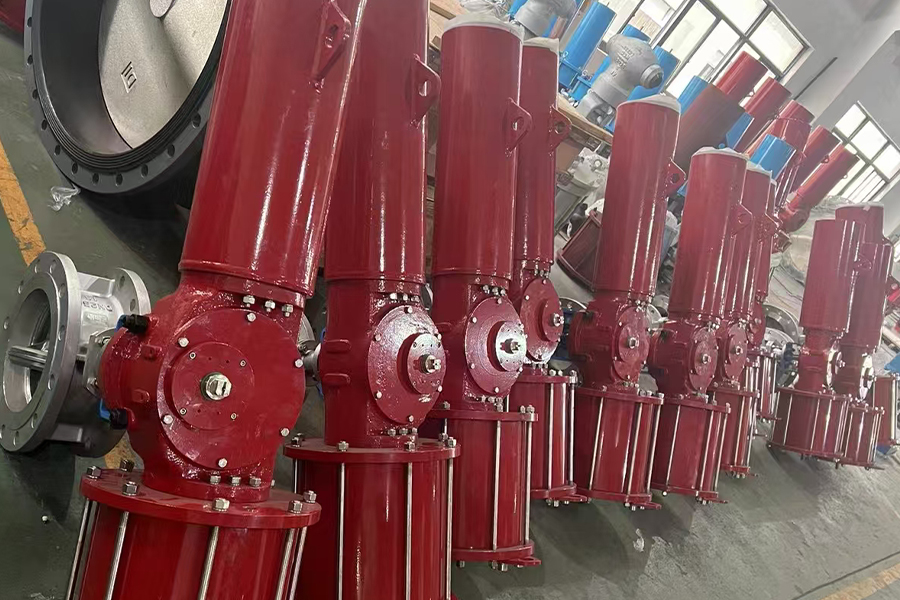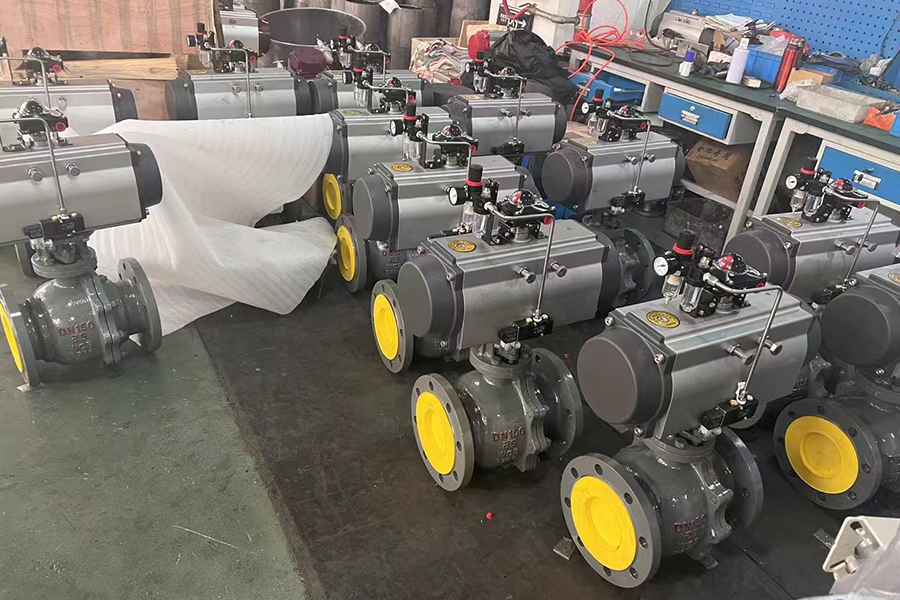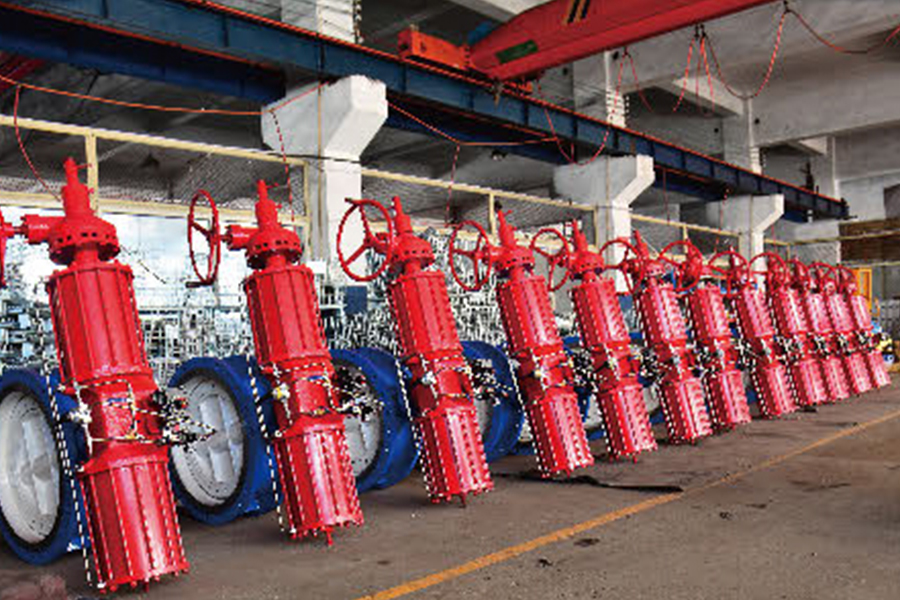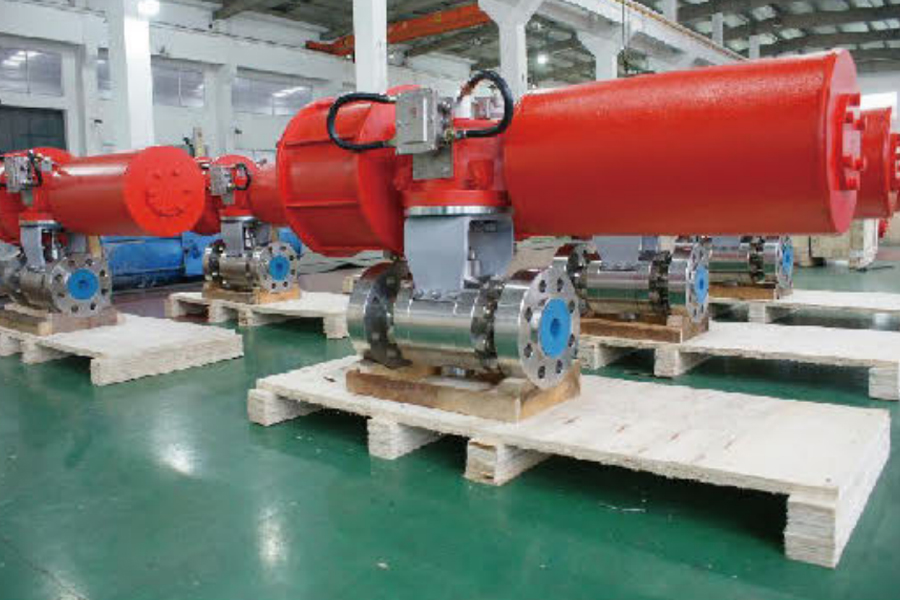In many industrial applications, selecting the appropriate valve for managing flow is essential to maintaining efficiency and safety. One popular option found across industries is the pneumatic butterfly valve. This type of valve has gained attention for its structure, ease of operation, and compatibility with automated systems. Understanding why a pneumatic butterfly valve is often selected for flow control systems can help users make informed decisions.
A pneumatic butterfly valve consists of a circular disc mounted on a rotating shaft. When the valve is fully closed, the disc blocks the flow path; when open, the disc is rotated to allow flow. What distinguishes this valve from other types is its actuation method: it uses compressed air to power its opening and closing mechanism. This allows for fast and consistent operation, which is especially helpful in systems requiring quick response times.
One reason to choose a pneumatic butterfly valve is its relatively compact design. The valve requires less space than many alternatives, making it suitable for installations where room is limited. Its lightweight body also reduces the need for extensive support structures. These characteristics are useful in modular systems or in mobile units where every kilogram and centimeter matters.
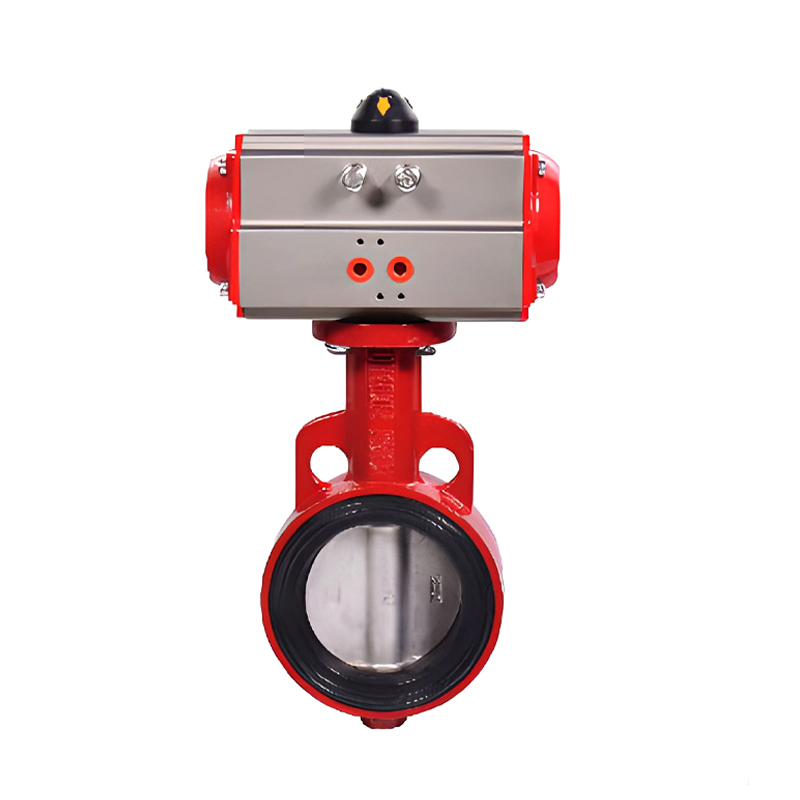
Another advantage lies in its low torque requirement. The disc's motion within the flow stream does not create high friction, which allows the pneumatic actuator to perform efficiently. This contributes to reduced energy consumption in air supply systems, a benefit that adds up over time in large-scale operations.
From a control standpoint, the pneumatic butterfly valve supports both on-off and modulating functions. For applications where flow rates must be adjusted gradually, this valve can be paired with a positioner that ensures accurate modulation. This capability is essential in water treatment, chemical processing, HVAC, and other systems where flow precision impacts overall performance.
Durability and material flexibility are other points in favor of the pneumatic butterfly valve. It can be manufactured with different body and seat materials to match the specific needs of various media, such as corrosive fluids, high-temperature gases, or slurries. Whether in a harsh industrial environment or a clean-room setting, the valve’s materials can be selected to ensure long service life and chemical compatibility.
The automation potential of a pneumatic butterfly valve is another notable factor. With the integration of solenoid valves, positioners, and feedback sensors, these valves can be controlled remotely, monitored digitally, and easily incorporated into PLC-based systems. This enhances the overall management of a flow control network and supports predictive maintenance strategies.
Maintenance of a pneumatic butterfly valve is generally straightforward. Fewer moving parts compared to other valve types result in less wear and lower chances of failure. This simplicity translates to reduced downtime and lower long-term maintenance costs.
The pneumatic butterfly valve offers a practical and versatile solution for flow control in a variety of industrial applications. Its compact design, reliable actuation, low maintenance demands, and adaptability to automation make it a strong candidate for systems that require responsive and consistent valve performance. For users seeking a balance of function, durability, and control in fluid handling operations, this valve design remains a dependable choice.








